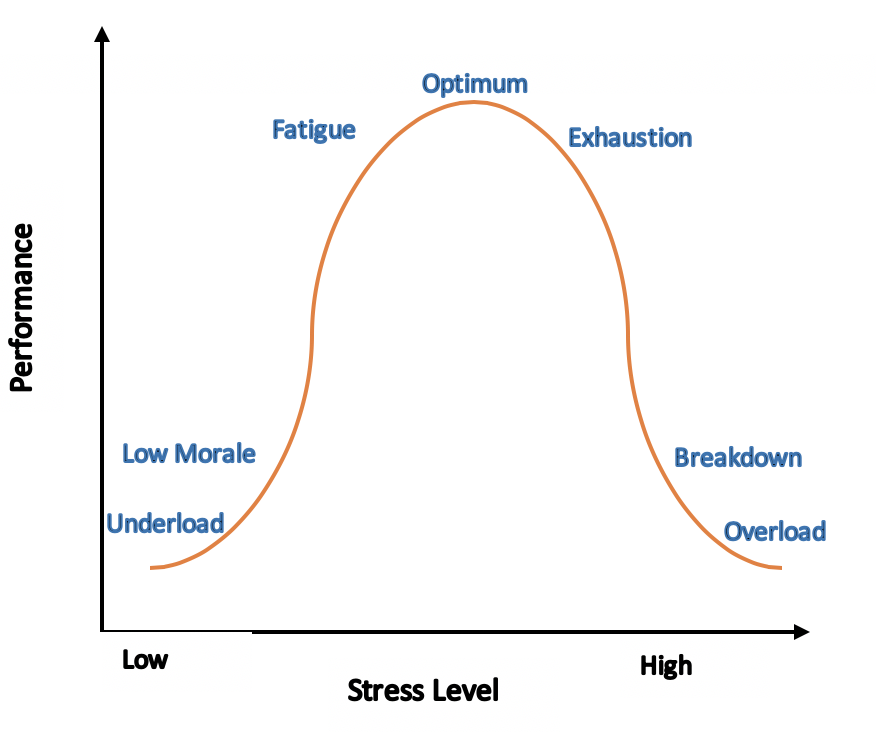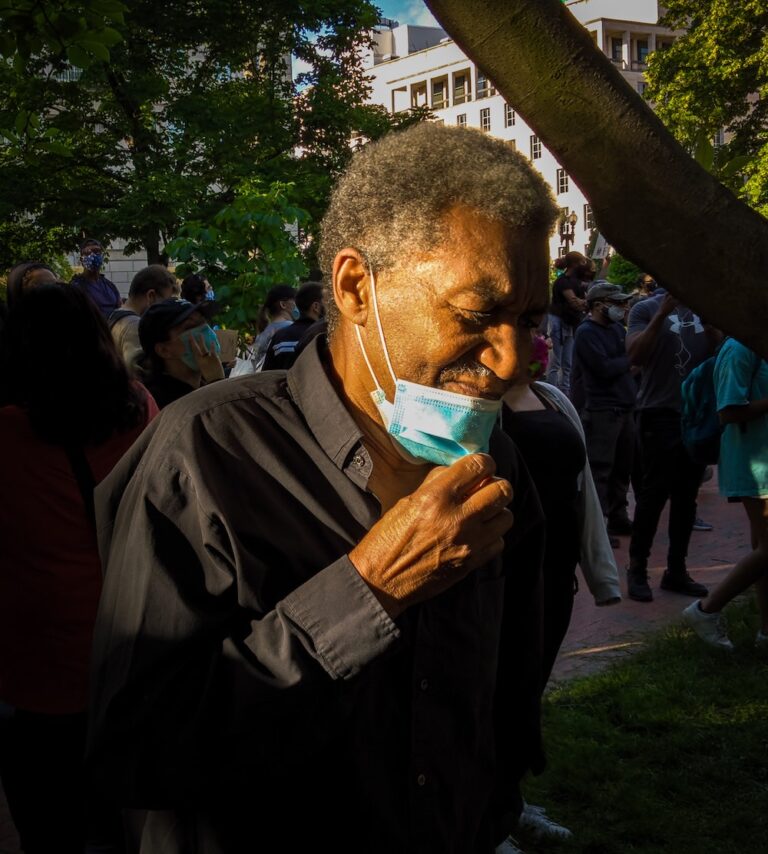Control How You Maneuver Your Day With Ultradian Rhythms
Everyone feels the ups and downs of a day. There are typically moments when we’re energized and excited, but we also all have times when we feel stressed and fatigued. Because this is a regular occurrence for many of us, we don’t usually think about the cycle behind those emotions. Today, we’re spotlighting the science of ultradian rhythms and how you can use your body’s natural cycle to reduce burnout and boost productivity.
What are ultradian rhythms?
While the term ultradian rhythm sounds complicated, the concept is quite simple! An ultradian rhythm, at its core, is a recurrent cycle that dictates how our bodies function daily. The word ultradian means “cycles in a day”, and rhythms apply to the up and down waves the cycles follow. And, like any other pattern or cycle our bodies follow, ultradian rhythms have a powerful effect on our body’s health and wellbeing, and when disrupted, they can affect more than we think.

What a day might look like
Throughout the day, ultradian rhythm waves naturally move up and down, affecting performance, mood and everything in between. So, when your body tells you that you’re tired and distracted before noon, it’s doing the right thing! At this point, your ultradian rhythm is experiencing a trough and is telling you that you need to take a break. You may also experience an ultradian performance peak during the day, where your energy is the highest it will be throughout the day.
Many of us learn that a day starts when we wake up, we go go go, and then the day ends, but in reality, the human body can’t function properly with that lifestyle. What we aren’t taught is that once we wake up, our bodies go through the same natural cycles every day, affecting everything we do.
Start listening to your ultradian rhythm and learn that even when you’re feeling down or low-energy, it’s natural to take a break. So, whether you close your eyes and meditate or walk around the block, the less you ignore your body and the more you learn to understand it, the more vibrant your life will be.



